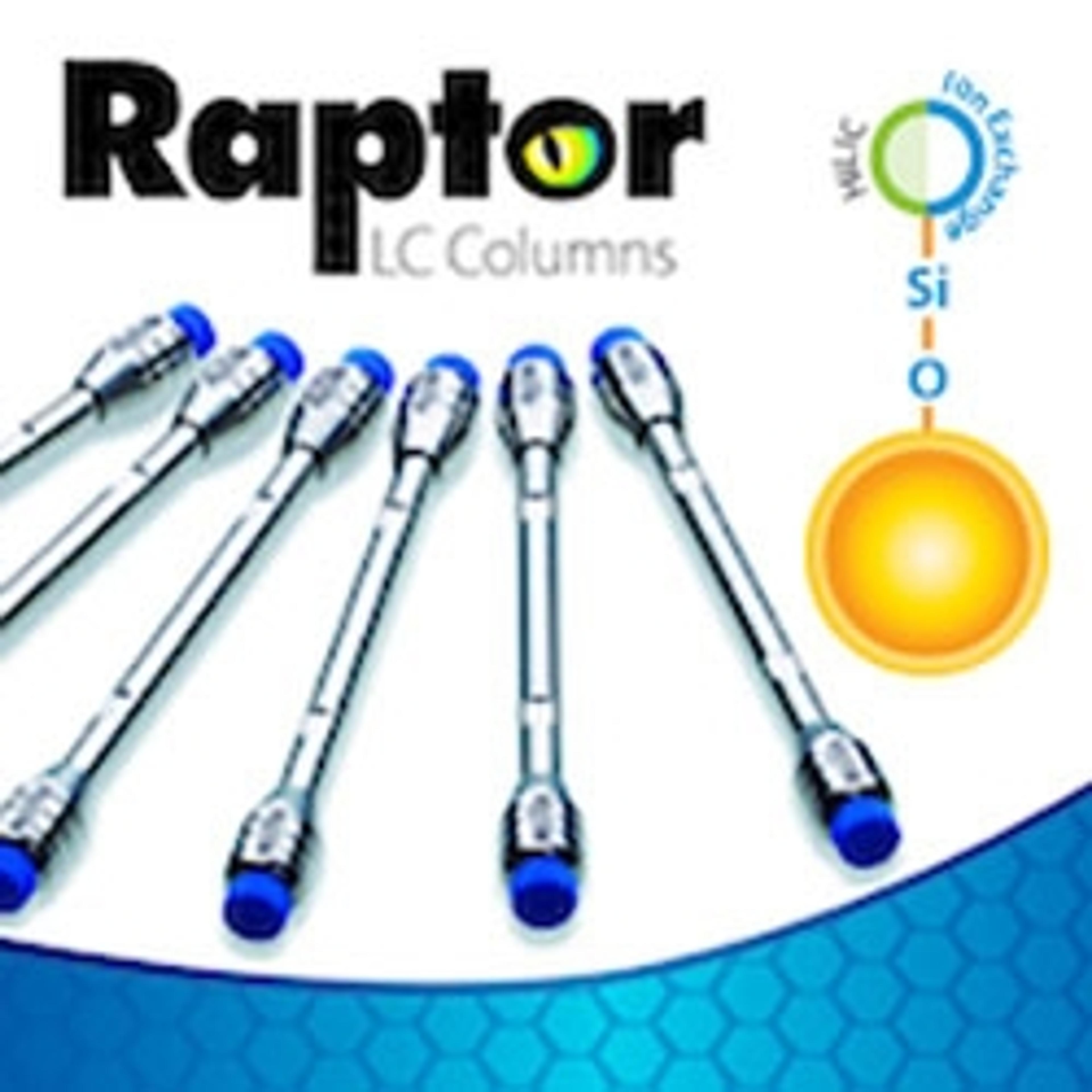Food safety: Improving LC separation and sensitivity for polar compound analysis
Jeanette Langner, PiCA, discusses the challenges of detecting polar pesticides in food products and new LC column technology streamlining analysis
26 Jul 2021

The maximum levels of pesticides present in food products are strictly regulated by food safety laws. With a growing list of analytes, it is desirable to use fast and easy methods that can recover a large number of analytes at even the lowest concentrations and in the most difficult matrices.
Pesticides are typically polar molecules, which can make analyzing them by liquid chromatography-mass spectrometry (LC-MS) challenging, and consequently result in reduced lab efficiency and productivity. Separation by LC can suffer from poor retention and peak shape, low sensitivity, and the need for complex mobile phases, long equilibration times and sample derivatization.
In this SelectScience article, we speak with Jeanette Langner, head of the department of pesticides in food at PiCA Prüfinstitut Chemische Analytik GmbH – a provider of laboratory services – to learn more about the challenges she faces when detecting polar compounds in food matrices, and why she chose Restek Polar X LC Columns to streamline these analyses.
Pesticide analysis at PiCA
The department of food analysis at PiCA uses analytical techniques, including LC-MS/MS, GC-MS/MS and headspace GC-MS, in both the routine analysis of pesticides and in the development of methods for the detection of new analytes. “On the one hand, we have to work on routine samples with existing methods in the given turnaround time (TAT). This includes everything from the sample preparation to the complete report,” explains Langner. “On the other hand, there are some customer requests for the analysis of new analytes. So, we develop, test and validate new methods.”
As head of the department for the analysis of pesticides in food, Langner organizes sample preparation, measurement, and data analysis for customer reporting, as well as dealing with queries about the analysis and maintenance of the LC-MS/MS system.
Challenges of working with polar compounds
Working with polar compounds such as pesticides can present some obstacles to overcome. “The challenge of detecting polar compounds is primarily the separation,” notes Langner. Due to their polar nature, it is very difficult to separate the compounds from one another using reversed-phase (RP) chromatography. In addition, “when eluting close to the injection peak, there is always the risk of peak suppression by the matrix. This results in high detection limits,” Langner says. “While there are a few commercially available separation columns for these kinds of compounds, they are mostly hydrophilic interaction liquid chromatography (HILIC) columns which are difficult to handle.”
A new solution to simplify polar compound separation
To help combat the challenges of polar compound separation, Langner uses Restek’s new Raptor Polar X LC Columns in combination with HILIC and ion-exchange retention modes. “It is easy to handle and at the same time fulfills the requirements of a HILIC column,” Langner explains. “Now it is possible to get better separation and higher sensitivity of polar compounds. And you don´t need so much time to equilibrate the column.”
In addition, because of a stronger interaction with the stationary phase, it is also possible to analyze small polar compounds. Previously, when working with these types of compounds, Langner and her colleagues used LC columns that required time-consuming derivatization of the sample before analysis. Langner highlights: “With the Polar X, it is possible to analyze a lot of polar compounds without so many matrix-based problems and it is no longer necessary to derivatize analytes, e.g., glyphosate.”
Langner, who recommends the Polar X LC Column because of its ease of use, has also benefited from support from Restek, through application notes as well as contact with experts at the company. “It has always been possible for me to ask a specialist from Restek,” says Langner.
Future trends in pesticide analysis in food products
Looking to the future of pesticide analysis in food products, there will be more challenges to overcome to meet increasing regulatory requirements. Langner concludes: “There will be more and more regulated analytes predominantly in highly processed food. So, we will need better methods to determine a lot of different pesticides and other compounds in difficult matrices.”
Visit the SelectScience Advances in HPLC Special Feature to learn more about the latest separations technologies supporting a range of applications.

